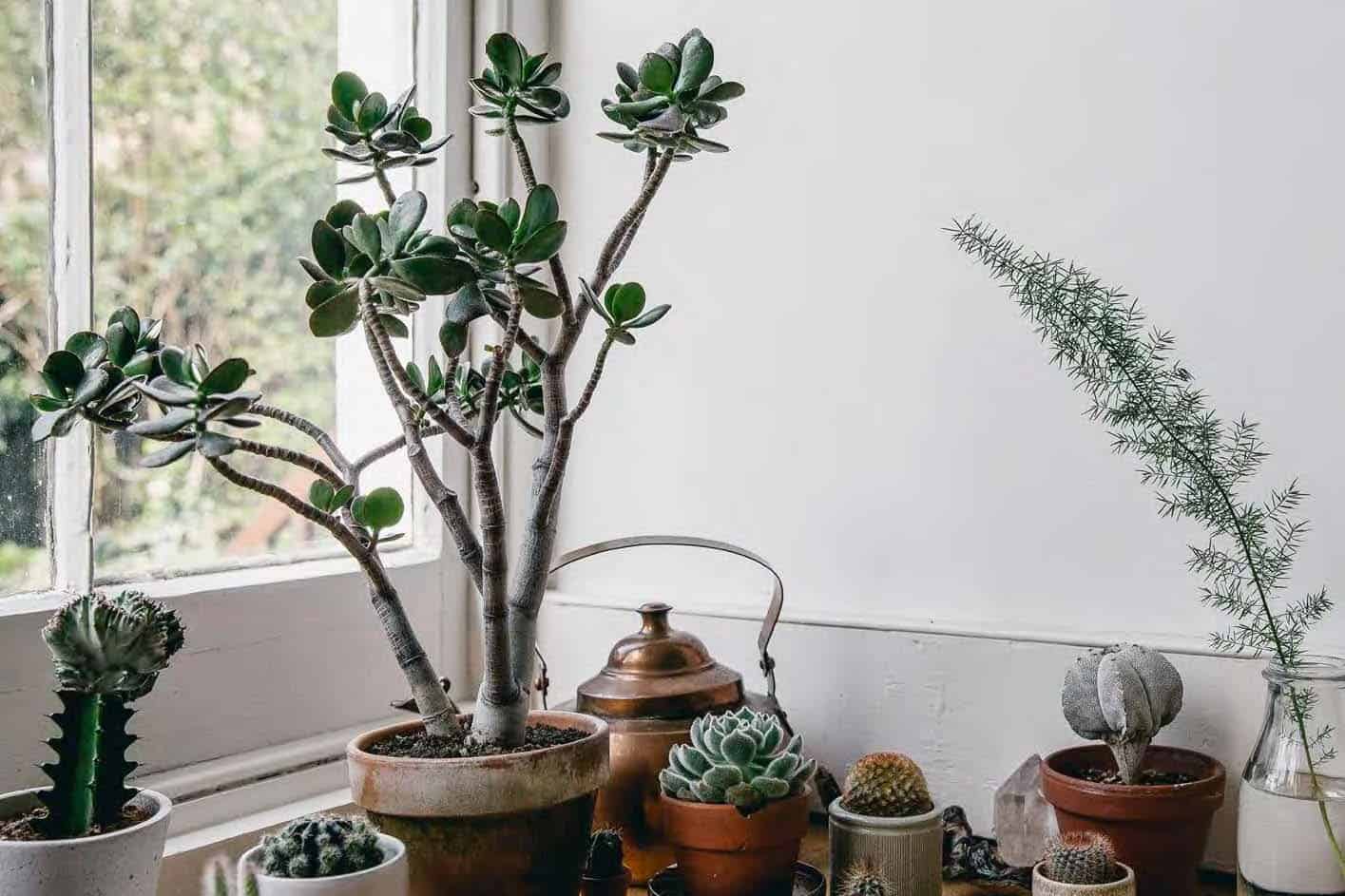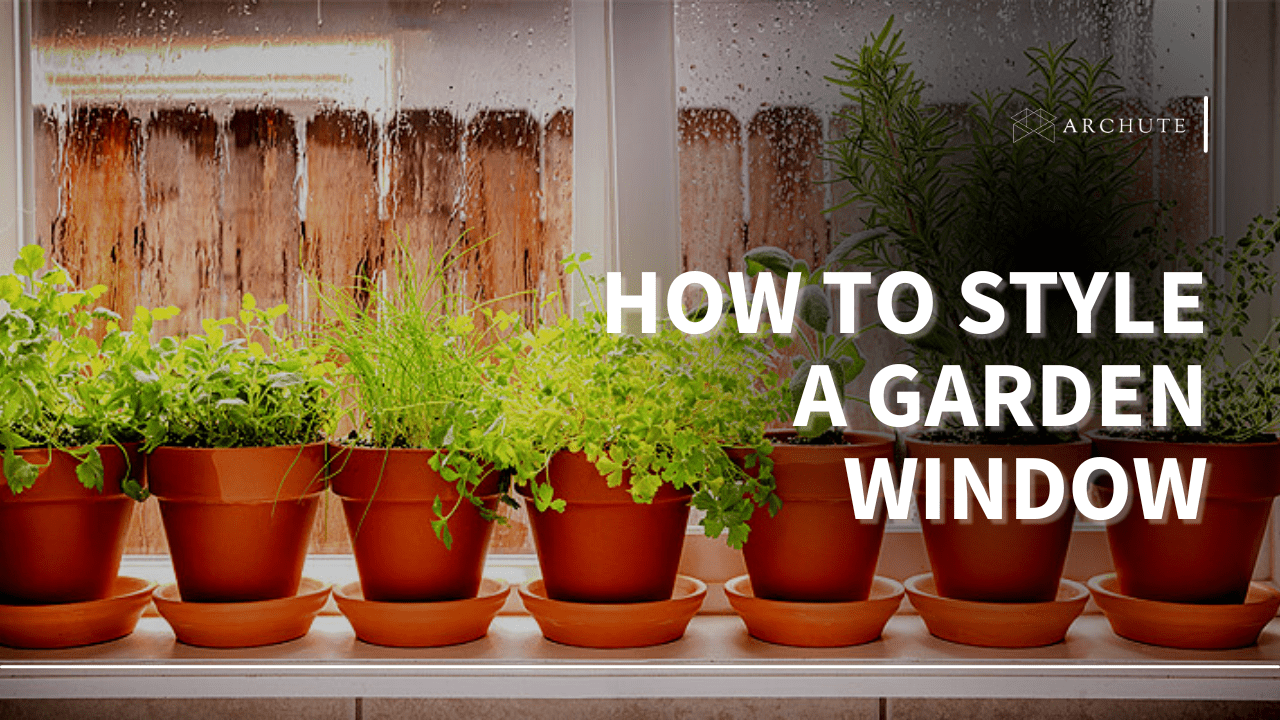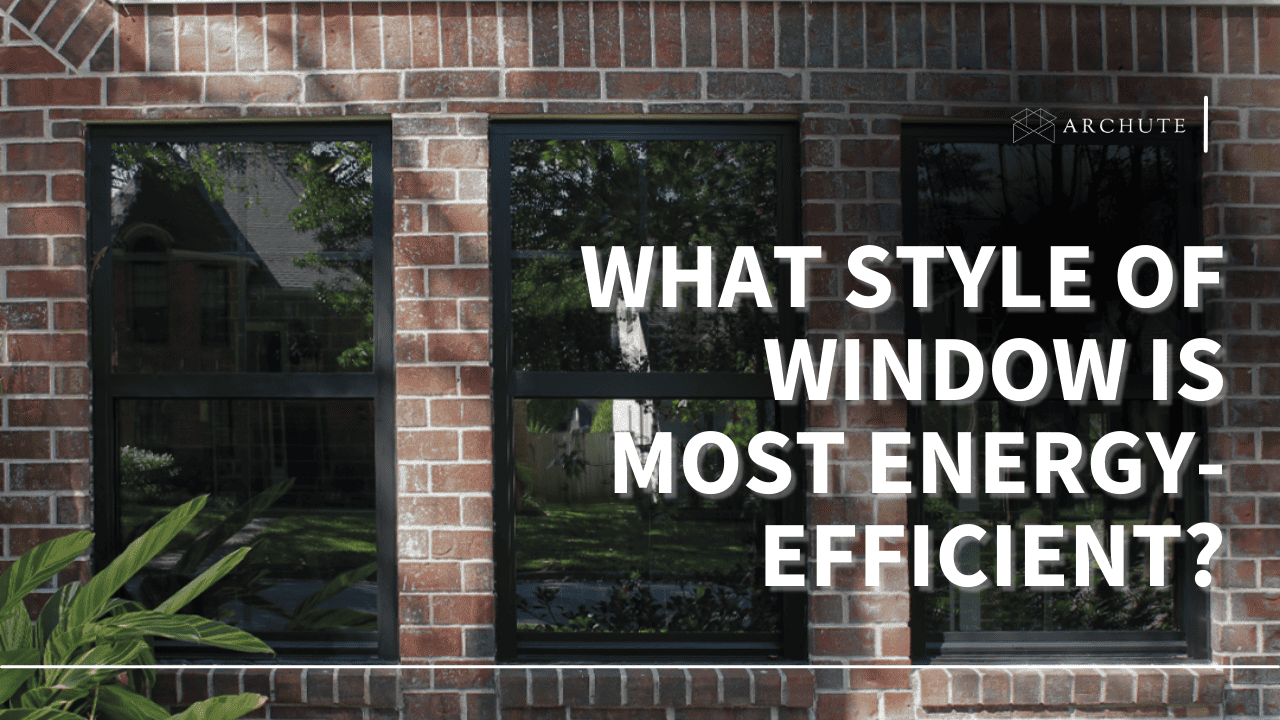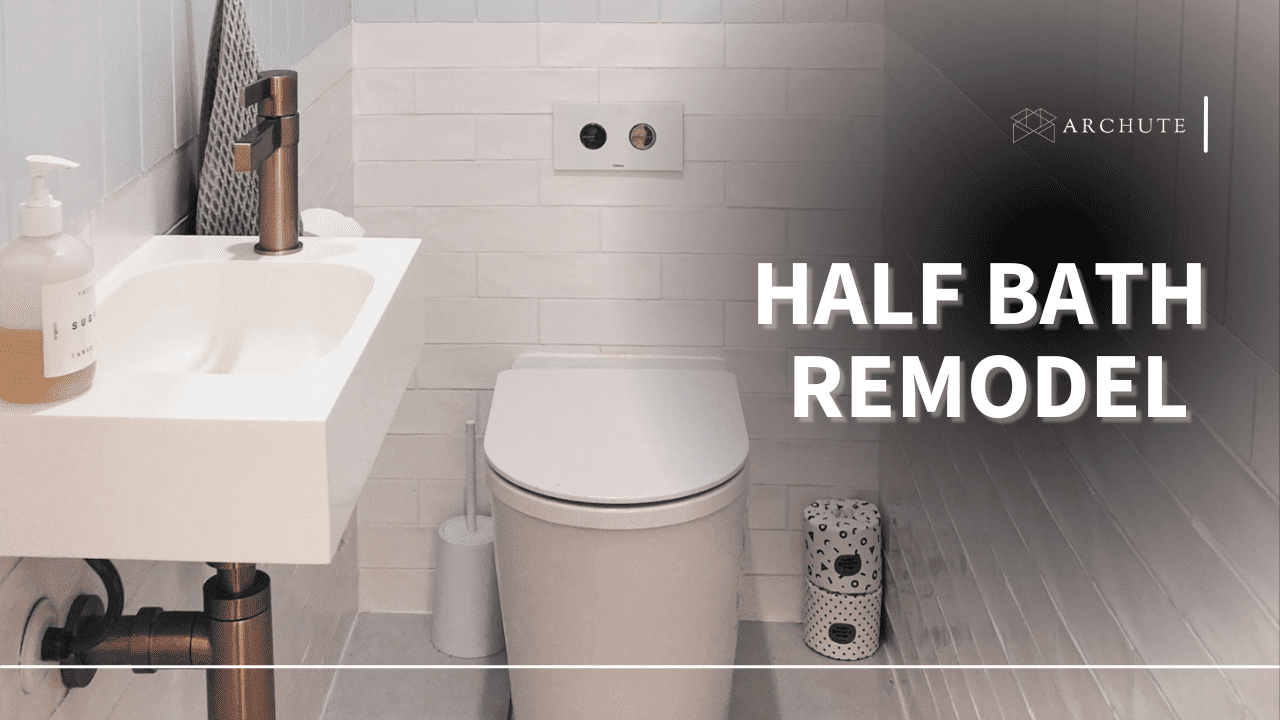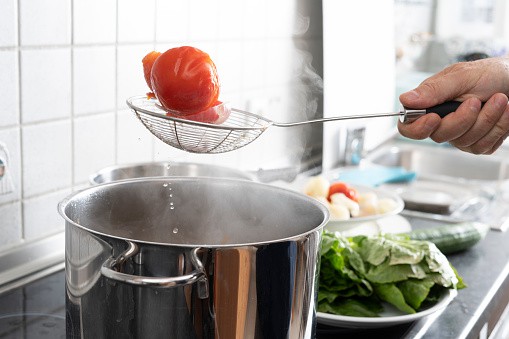After buying a succulent plant, you might realize that it no longer looks as good as when you purchased it. The lighting is the first thing you need to consider for the health of succulent plants. Succulents grown in low-light conditions lose color from their leaves. They will fade from yellow, red, or orange to fading green or blue tones and may stretch or flatten (etiolate). Conversely, when exposed to too much sunlight, these may develop pale patches on their leaves or shut their rosettes. So, how much light do succulents need?
What Are Succulent Plants?
Succulents are usually a group of plants that store water in leaves. The leaves are thick and fleshy in general; however, certain species and genera have thicker leaves than others. Succulents tend to grow well in dry climates and don't tolerate high humidity. Like any other plant, proper watering will promote optimum development and flowering. And though they require water to thrive, they can withstand prolonged periods of drought by depending on the nutrients and water stored in their leaves.
Most succulents usually prefer warm temperatures and cannot tolerate cold. Because of the water retained in their leaves, freezing causes the plant to die or result in mushy leaves. However, some species of sempervivums and sedums can resist temperatures below freezing, though they're still better suited in warmer climates.
How Much Light Do Succulents Need?
This usually varies depending on the succulent variety; however, as a general thumb rule, your succulents should receive about six to eight hours of sunlight every day. This is because most succulents thrive in direct or mostly direct sunshine, and succulents that you previously placed in darker conditions may need to be gradually introduced to sunlight to avoid burns.
Most succulents do not die as soon as they are exposed to shade. In reality, most succulents can thrive for long periods in the shadow or with just the light at the minimum level. Nonetheless, succulents without proper lighting will get sick and die. Just because they can get by in a circumstance doesn't imply it's good for them.
What Are the Tips on How to Care for Succulents?
1. Plant succulents in right soil
Succulents require draining soil; therefore, standard potting soil or dirt from your yard will not be enough. Instead, we recommend choosing potting or cactus soil with pumice, sand or perlite. Succulent roots are quite delicate, so handle them with care while repotting.
2. Go for a container with drainage.
Succulents don't sit in damp soil; therefore, drainage is essential to prevent rot. Your container should feature a drainage hole to allow excess water to flow out. Terra-cotta pots are perfect for beginning beginners.
3. Ensure your succulents get adequate light
Succulents like direct sun and requires around six hours of sunlight every day, depending on the variety of succulent. However, succulents can scorch in direct sunlight, gradually bringing them to full sun exposure or giving shade with a transparent curtain.
4. Regularly rotate the succulents.
Although succulents require direct sunlight, only one side may get enough light if they sit in the same position day after day. So Ray and Langton recommend rotating the plant regularly. And since succulents tend to slant toward the light, rotating them will help them stand upright. ( Leaning might indicate that they need to be in a more sunny location).
5. Ensure you directly water the soil
When watering the succulents, soak the soil until water drains out of the drainage holes. (Use less water if your container lacks drainage holes.) Watering succulents with a spray bottle might result in brittle roots and rotting foliage. You may also put pots in water and allow the water to drain through the drainage hole. Once the soil is moist on the top layer, remove the pots from the pan.
6. Water-based on the season
Succulents, like humans, require more energy when growing. Therefore, the plants thrive during the summer and spring and consume far more water than when they are dormant in the fall and winter. Ray and Langton suggest checking the soil with a finger and watering when the top 1.25 inches are dry. However, overwatering might damage your succulents, so allow the soil to dry between waterings.
7. Fertilize your succulents in the summer
Succulents don't require much fertilizer; however, you may give them modest feedings during the growing season in the spring and summer. Overfertilization might cause your succulent to develop too rapidly and become weak.
8. Keep your succulents clean.
Inevitably, dust will accumulate on the surface of your indoor plants, which might hinder their growth," write Ray and Langton. Gently wipe the spines and leaves clean with a wet towel (use a soft paintbrush to get at tight spots).
9. Remove bugs
Pests should not be an issue with indoor succulents; however, you may encounter bugs occasionally. Gnats are usually drawn to succulents that have been planted in soil that is excessively damp and lacks sufficient drainage. Spray the soil with 70% isopropyl alcohol to eliminate eggs and larvae. Besides, mealybugs are another problem that succulent owners must deal with. They are commonly caused by overwatering and overfertilization. Remove infected succulents from other succulents and spray with 70% isopropyl alcohol.
What Are the Advantages of Growing Succulents Indoors?
1. Control growth
Growing succulents inside might help manage growth by limiting the plant's growth if you want a little plant or have limited room. Plants were grown indoors typically develop slower than those grown outdoors because of lighting and other factors. Placing your succulents indoors in tiny containers or pots may also be a cost-effective way to manage growth and save space, reducing the need to report on regularly.
2. They're more visible.
We recommend keeping some plants indoors because you can easily look after them and take care of them. Having things you love around usually enhances the space's aesthetic and influences your overall happiness and mood. Succulents are great decorative plants that may brighten up the room or contribute to the decor of your house.
3. Protected from animals
Apart from bugs entering your plants, you don't have to worry about rodents gnawing on your plants' leaves or, in certain situations, deer eating the plants. Succulents and mistletoe cactus are very delicious to rodents. In addition, you hear stories of squirrels digging up plants and causing harm to people's environments. Therefore, keeping the succulents indoors keeps them safe from being damaged, devoured or trampled.
4. Control pests and insects
Keeping succulents indoors help protect them from pests or insects infestation. Besides, houseplants can also be infested with pests though they're better protected from the external factors that naturally host these pests or insects. Pests can easily enter an indoor plant through soil medium or infected plant. Generally, healthy plants maintained indoors are less vulnerable to pests and insects that invade plants.
5. Protected from the cold
Some succulents are not cold tolerant and will die if a little frost occurs. These succulents won't survive if left outside when the temperature drops below freezing during the winter months. Therefore, plants that are not cold-hardy need to be protected against frost. Also, having them indoors usually saves you the effort to move them indoors during the winter.
What Are the Different Types of Lighting?
1. Filtered
Filter light or indirect sunlight means bright light that's not direct or somewhat screened and lightly shaded light. Plants that need filtered light require bright natural sunlight exposure, ideally in the morning or late afternoon.
Filtered sunlight generally means that the plants need east or south-facing window. Therefore, growing your plants in filtered sunlight will guarantee appropriate sun exposure without overexposure.
2. Bright
When referring to bright sunlight, it means no curtains, drapes or blinds between the plants and the window. Nothing, such as a tree, a sign, or a bush, blocks the light from going through the window. Bright light also means the plants should be put in a sunny setting, maybe in a western or southern facing window that receives bright, direct light throughout the day. too much sun
3. Shady
Also known as low light means the absence of direct sunlight or other light sources. For example, a structure, an exterior tree or other items inside, such as furniture or curtains, block the window's light. Low light succulents also require high humidity.
It may also be important to know how the window is facing to determine how much light is entering through it. When referring to window orientation concerning the light intensity, we commonly use the following terms:
i). south-facing windows
These windows often provide the brightest, most intense light. These are for sun-loving succulent plants that require strong, direct sunlight all day.
ii). North facing windows
These are the darker zones that receive little or no direct sunshine. These windows frequently provide the least amount of light and are ideal for shade-loving plants that don't require a lot of light. However, most plants may not thrive in north-facing windows in the winter.
iii). east-facing windows
An east-facing window receives a lot of early morning light. These rays are less powerful and are useful to plants that require a lot of early light but will scorch in the afternoon sun.
iv). West facing windows
These windows offer too much sunshine in the afternoon and evening. In the summer heat, these rays may be intense. Besides, west-facing windows can benefit sun-loving plants.
Factors to Consider When Using Grow Lights
1. Positioning
It's crucial to understand how to place your succulents beneath the light. If you're using a basic grow light for artificial lighting, place your plants 3 to 6 inches away from the bulb. Then, of course, you must consider the succulent plant's tolerance to light and heat.
Your goal is to provide as much light as possible to your plants while reducing waste without damaging them. If the artificial light has a hood, move your plants a few inches further away from the bulb since hoods reflect light as well as heat and might burn your plants.
2. Watering
Growing succulents indoors under artificial lights requires the same basic watering instructions as growing succulents outside. When the soil seems dry during summer, water the succulents at least an inch or two if you insert your finger in the soil. If you're simulating winter conditions indoors, use less water throughout those months.
3. Light cycles
Indoor succulents need to know when it's winter to go dormant and when it's summer so they can grow in more light. Therefore, if you use grow lights or fluorescent bulbs all year for your succulents, you should increase more light and duration in the summer and reduce the light and duration in the winter.
4. Duration
To set up your grow light, you can utilize a plug-in timer. Turn on the grow lights or set the time to turn on around dawn in the morning. For plants that receive low to medium-level sunlight exposure during the day, leave the light on for 12 to 14 hours every day.
Set or leave the light on for about 16 to 18 hours a day for plants that receive little or no natural light. Also, allow adequate space between succulents and cacti for light to reach the lowest branches of the plants if you have many succulents and cacti.
5. Safety
Ensure all plugs and cables are in good working condition and no loose wires. Also, keep any electrical lights and cords away from water. And to be on the safe side, turn off the artificial lighting before watering your plants. Also, keep pets and young kids away for their safety.
Additionally, if you're new to grow lights, check on your succulents. After adjusting their lighting conditions, always check on your succulents to watch how they respond. Then, as required, adjust the lighting and reposition the plants.

